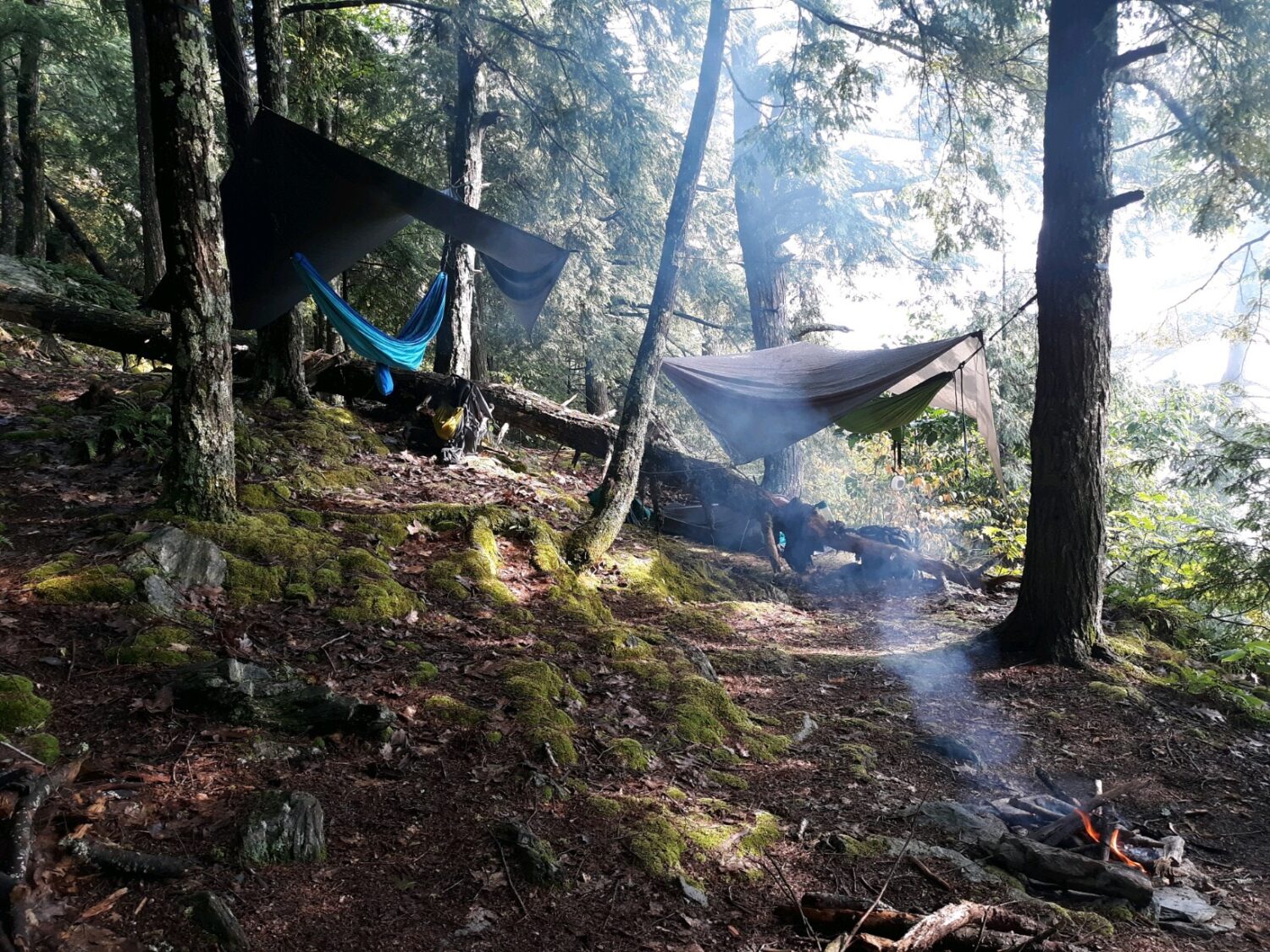Phenological change was quite evident during my last visit to the Salmon Hole on November 12th. It had snowed approximately six inches the night before, leaving the ground, trees, and rocks completely submerged. There have also been no leaves on the trees since Halloween. On Halloween we experienced a torrential wind and rain storm, and the day after all but the strongest leaves were on the forest floor. Lichen remains on most of the fallen branches and sides of trees. The litter littered hills that surround the site did have small leafed plants barely poking out of the soil until the snow piled up on top of them until they were no longer visible. These were tiny species that I really didn’t pay much attention to until we were assigned to look for things that we overlooked. My sense of place at the salmon hole is unfortunately not the most positive. I am of course happy to be surrounded by trees, but the sound of cars and the smell of exhaust is inescapable. To me it feels like humans put in minimal effort to make a natural area in the midst of roads and cities. The effort is appreciated but it just doesn’t quite cut it. I go to a natural area to see wildlife and nature as if it were undisturbed by the actions of people. Here I see just the opposite; how nature is reacting and adapting to the terrible circumstances we put it in. When zooming out and looking at the Salmon Hole in terms of its physical place between Winooski and Burlington, I appreciate it a little more. During a talk given by an architecture professor, we explored the buildings built around campus from when the university was started to the present date. Everything used to be a lot less city-like and more of a bustling town. Those days are long over, but the Salmon Hole still feels like a piece of unsettled land that maintains the “naturey” spirit of Burlington’s past. My sense of place at my phenology site through the lens of Vermont as a whole illustrates how the Salmon Hole is a preserved piece in time, and we can predict what the future landscape will be like through its trends. I feel that technology and industrialization is advancing rapidly in the city. As things advance, population will grow, and natural areas will decrease in size and quantity as time progresses. I feel that the Salmon Hole, being as littered and un-respected as it is, illustrates that the future of this and other cities need change. Nobody wants to live somewhere with rampant trash and pollution. The first place where these two things are present a natural area, as there are no garbage trucks or public services to clean it. It collects trash as it is slowly scattered over time. The place is becoming an indicator that we as a species are overproducing and being inconsiderate with waste.



Recent Comments